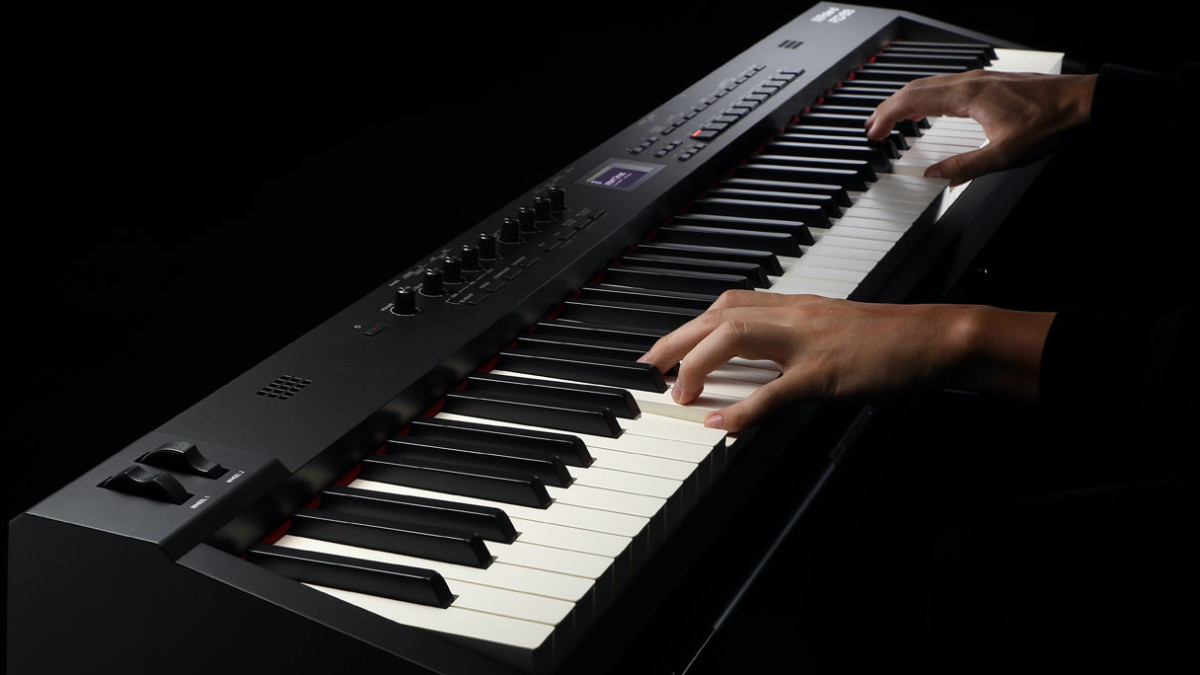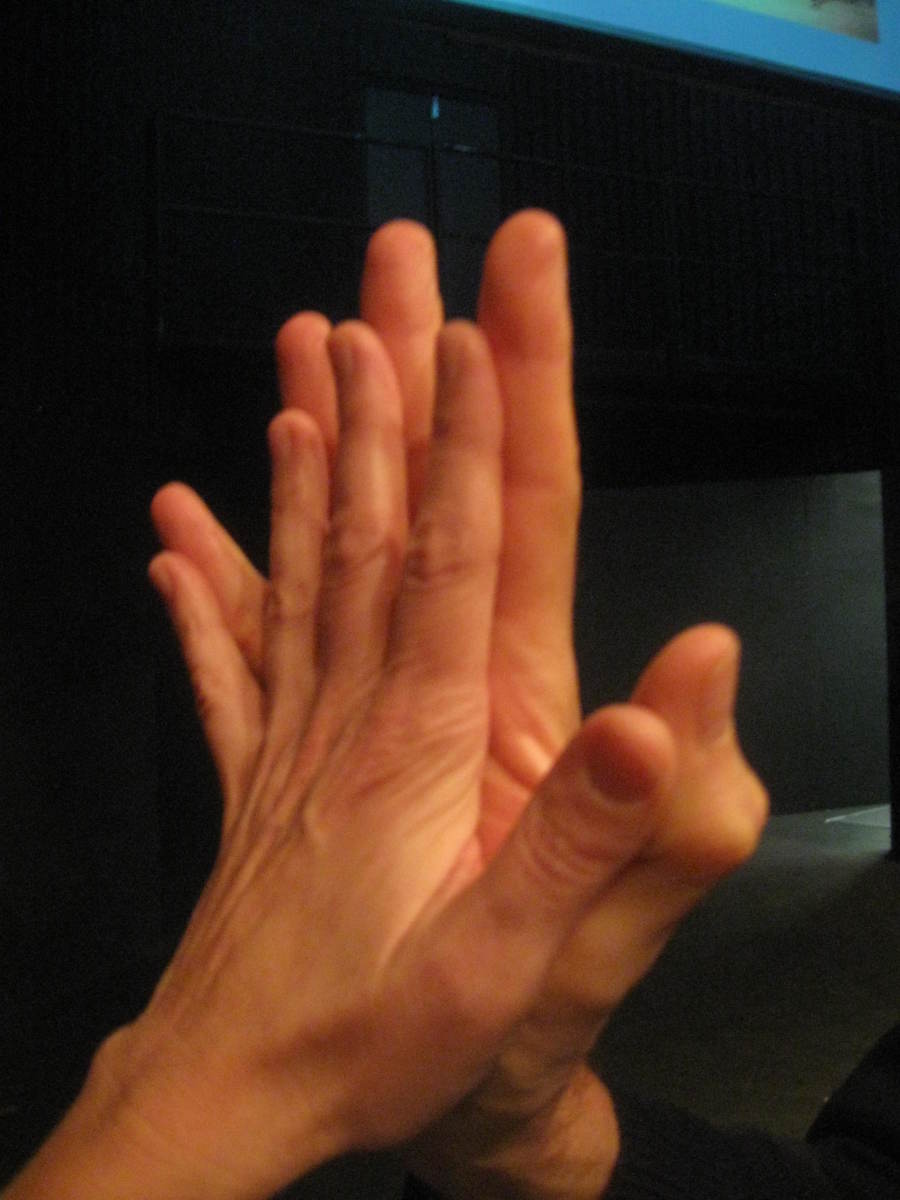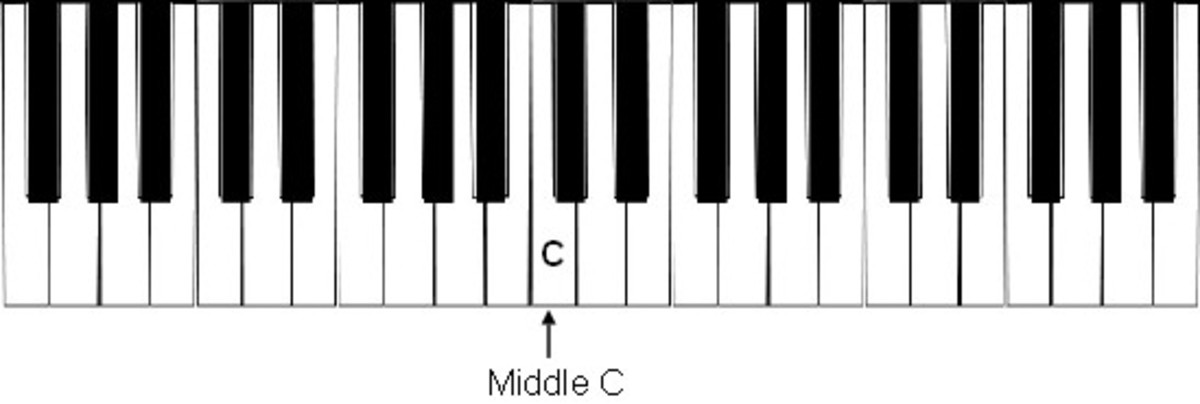"Play it Slow, Sam!" - Piano Perfection Through Slow Practice
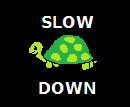
Question for those taking piano lessons:
What do you do first when learning a new piece?
"Practice It Slowly!"
If you've ever taken piano lessons, you will hear this regularly. Quite possibly, you'll either disregard it or only slightly slow your pace. I am here to tell you, "That's not what your teacher wants!!"
There. I yelled at you, and I'm not even upset about it. Admit it; you needed that scolding. Before we go into the "why", let's focus on what slow practice actually is.
What Is Slow Practice?
Slow practice is not some magic number on your metronome. It is definitely much slower than you feel comfortable playing. At the very beginning of learning a piece (after you've added the fingerings, of course!) that slow tempo may be entire seconds between tones. Yep. It's that excruciating. However, it is unbelievably rewarding and it will actually save you loads of time later.
Slow Practice - But Why?
Now, why does slow practice help so much? This becomes obvious if you think of this example. Do you know how to dance well? It doesn't matter what type of style (except for maybe the free-form that you may observe five-year-olds and inebriated grownups participating in at weddings). They all require a prior knowledge of the steps and body motions. Can you learn to dance like a hip-hop dancer just by one time watching a video of them? If so, you are awesome. If not, how do you think you would learn? You learn by taking each second or each single movement of the body, and you practice on your own body the transitions from one move to the next.
The same is true with how you use your hands during piano practice. You are going to best learn that difficult passage one hand movement at a time. When practicing it slowly, you can also see where you are moving your fingers inefficiently. That might not sound important, however I would argue that it is about the most important thing I've written so far in this article! Slight tweaking of your efficiency from one hand position to the next can result in jaw-dropping improvement. Other super awesome benefits from slow practice are as follows:
- Easier attention to fingerings and making sure you're using them!
- Easier attention to keeping those fingers down in the hand positions. Oh sweet mercy, please tell me you use hand positions.
- Easier attention to correct notes in case a wrong note or two has accidentally slipped into your piece unnoticed. Hey, it's happened to me plenty of times. Don't sweat it. Just make sure to drill that spot after you find the discrepancy, otherwise finding it will have not been very useful.
- Slow practice even helps with dynamics. Crescendos and Diminuendos do not often happen on only one single note, so practice them like they don't! That build-up or diminish of volume over the course of multiple notes has to be drilled - slowly! In addition, sometimes the left hand and right hand need two separate dynamics! Gasp!
- The greatest and possibly most viable way to drill is very slowly. You can check the speed at regular tempo later. Doing it at regular speed however only makes you feel good if you get it right, or allow you to further ingrain bad habits which will take loads of drilling to correct. Let me say it here: Playing at performance tempo as a practice habit, specifically when still getting the mechanics of a piece down, is a complete waste of time. Ouch. Yep, that one smarts.
Well, hopefully that convinces you that practicing slowly is absolutely crucial to your success!
Tips for Practicing Slowly
Alright, so you're practicing slow enough that you can focus on every motion! Is that all there is to it?
No... Alas, there's more to it...
Here are a few tips to get the most out of your slow practice:
- Be thinking ahead! The slow practice gives you more time to plan your hand positions, fingerings, and hand motions, so utilize this! Thinking about the note you're playing is not going to help. You already played it; you can reminisce about its beauty later. I like to stay always one hand position ahead personally.
- Over accentuate motions, specifically repetitive ones. If you're oscillating between a C and a G with your 5 and 1 in the left hand for instance, you will need this motion to be "overdone". Why? The finished product at regular tempo will be a smaller motion naturally than what you practiced it to be in slow practice. To compensate, you make bigger, more confident movements at the slow tempo. It is also important to over-accentuate volume often when learning soft, quiet sections. The easy pitfall for those soft sections is to practice them only soft. This often leads to not well-ingrained muscle memory and notes not actually sounding (especially true in chords).
- Tension! Check tension! Watch for tension anywhere, from the wrist, the elbow, the shoulder, to the back muscles, your neck... pretty much anywhere except what is needed to physically play notes or sit with good posture! Not only will tension wear you out sooner, it can lead to carpal tunnel and other painful syndromes if left unchecked in your daily practice routine!
- Count through the long beats. Accidental tempo fluctuations built at any level of speed are bad, but they can be harder to see when practicing slowly. A metronome is great to check your playing, as long as you know what each click will actually equate to in the music. You must balance this rhythmic integrity within a tempo that you can manage the preceding bullet points.
- Yep, this is difficult to master. But it is undoubtedly rewarding.
That Daunting Passage...
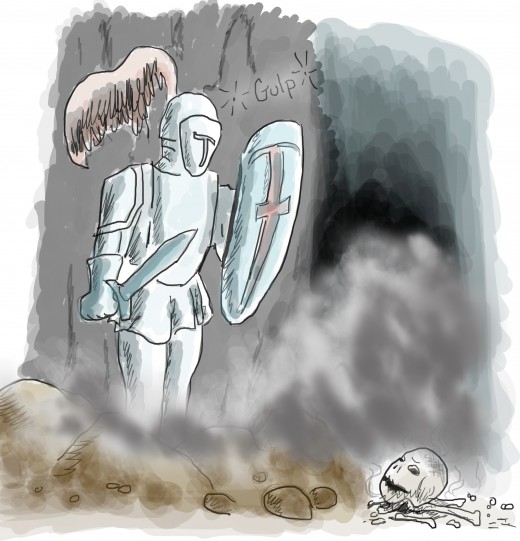
Thoughts on Metronomes
Metronomes are a wonderful tool, and they can be a great asset to find that perfect tempo for practice as well as performance. It can discipline you into that "horribly" slow tempo, or in the advanced steps of learning a piece, it can give you that end-goal to eventually reach. Yes, it is a great tool however there are drawbacks that go along with the positives.
A great way to use the metronome is to spot-check for hesitations, because as we should all know, hesitations are mistakes. If you have a pencil with you, then you can even circle those spots to work on later. Normally, I would say to work on the rough spots immediately. However, if you're merely organizing your music for better practice efficiency, how can I argue with that?
The danger of using the metronome is when we rely on it instead of finding our own internal pulse. You can play a piece with perfectly executed dynamics and style, but if you cannot keep a steady pulse, it will unfortunately remain jaunting and overall not very pleasing to the listeners.
To help alleviate this musical ailment, I prescribe listening to the metronome for your desired pulse, and then turning it off and singing the melodies (or counter-melodies!) while doing very rhythmic "dancing". This may seem ridiculous, and your peers who catch a glimpse of you may wholeheartedly agree with this assessment. However, I have found in my own personal experience that kinesthetic learning is the best medicine for the "got-no-rhythms-in-my-soul" blues. It doesn't have to be huge movements if you're uncomfortable with that. The focus spots of the body for my own movements are the hips and the shoulders, and it seems to work very well for me. The bottom line is that you will never truly "own" a piece unless you are sent into motion by just thinking through it.
Quick Takeaways
Practice slowly enough to ensure absolutely correct:
- hand positions
- fingerings
- correct notes
- most efficient finger and hand motions
- rhythms
- dynamics and articulations
If it's still going poorly:
- drill it even more slowly
- try much smaller bits and pieces (one note to the next)
- drill the spots IMMEDIATELY GOING INTO AND AFTER the problem spot
- when all else fails, stand up and walk away from the piano for a bit
Remember, drilling will not fix it immediately, especially if you have been practicing it incorrectly for some time! It'll take a bit to re-wire the brain!
Continue to Bolster Your Practice Habits!
A sedentary skill fades quickly. With piano, like most skills, you must continue to work diligently because time can erode your prowess quickly! Continue to read my blogs for insights on the many other nuances of being the clever and good piano student you wish to be! I will be touching upon many more issues in the near future, such as tension control, fingerings, how to go about drilling for maximum efficiency, and more!

